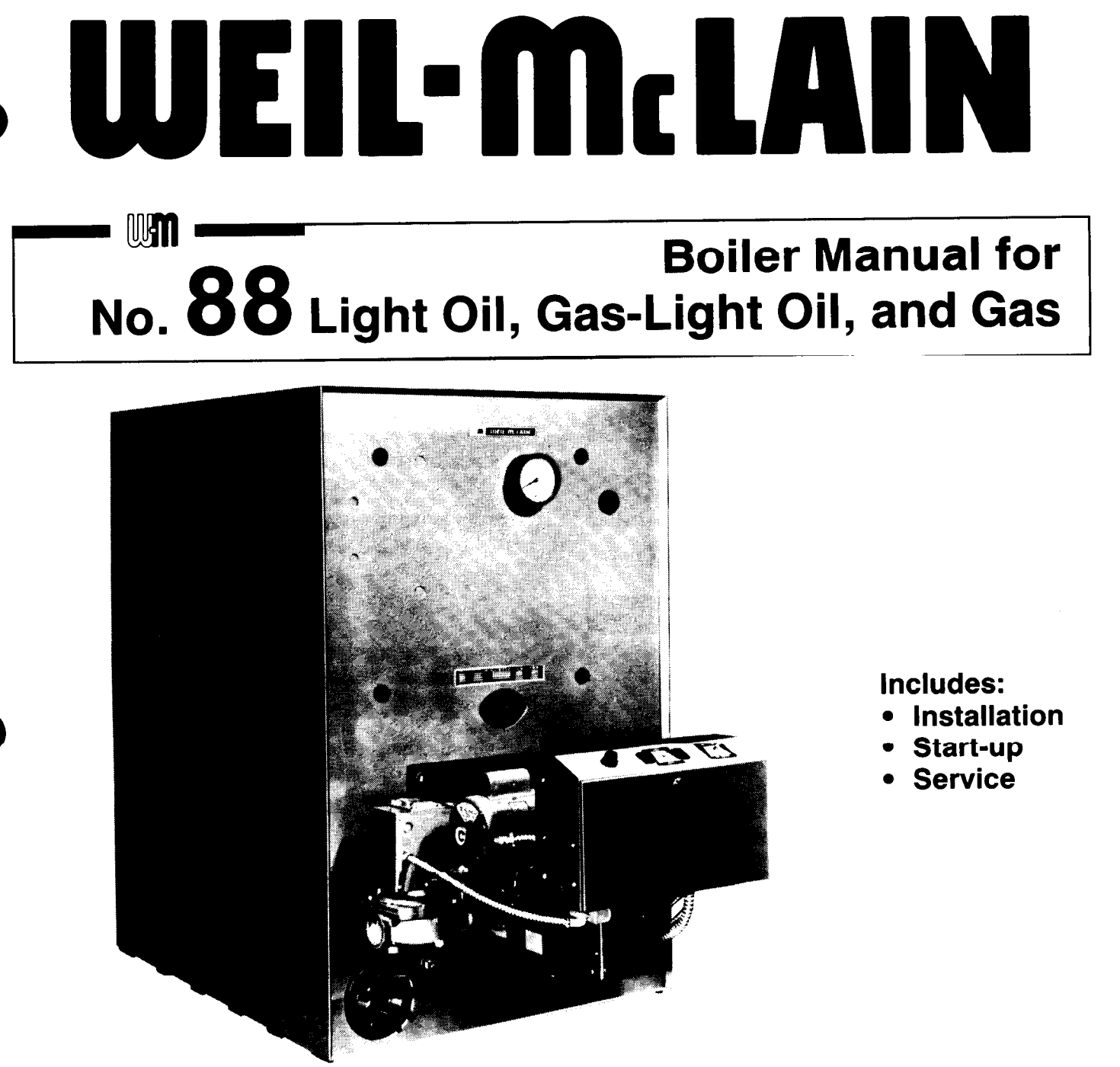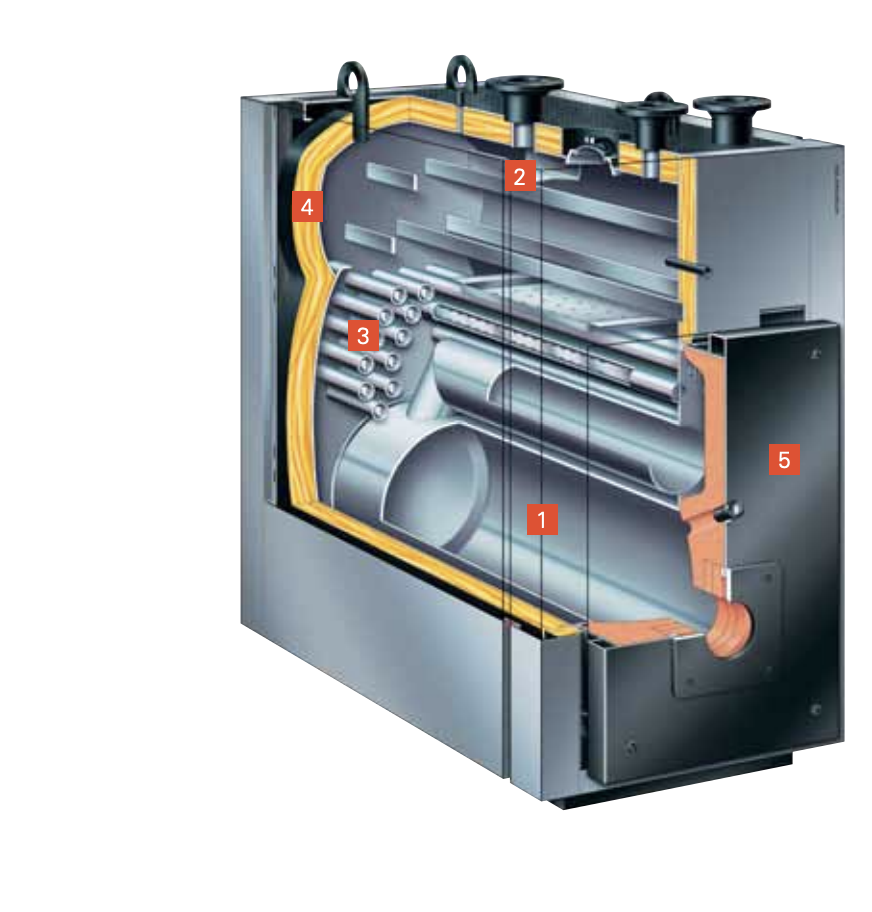Venting into a chimney
Had a Weil Mclein cast iron steamer, and a gas hot water heater both venting into a chimney.
They are both now gone…
What is the consensus on Venting a Viessmann BK200E into that same chimney?
Comments
-
"chimney" being rather vague… I'd get a reliable chimney sweep in to clean and evaluate the flue or flues and the structural condition of the chimney. It might need work. Might not. Might need a liner. Might not. Might be big enough. Might not…
Also you need to know exactly what the venting requirements for that boiler are.
Br. Jamie, osb
Building superintendent/caretaker, 7200 sq. ft. historic house museum with dependencies in New England2 -
Consensus doesn’t matter. The fact is that you cannot vent a condensing boiler into a masonry or metal chimney.
The manufacturer’s installation instructions give detailed info on how the appliance must be vented and it’s mandatory that they be followed.
Bob Boan
You can choose to do what you want, but you cannot choose the consequences.7 -
-
I couldn't find that model number so I could reference the listed instructions. However, if this is a condensing boiler, which I believe it is, then the venting must be listed to UL 1738 for positive vent pressure. That would probably mean a polypropylene plastic liner. Masonry chimneys are not approved for positive vent pressure. Most stainless liners are Not listed to 1738 for positive pressure or condensing.
3 -
To be clear on your query, I can not find any specifications on a Viessmann model BK200E anywhere in the old or new equipment catalogs i have access to. I do know that many of the Viessman gas and LP boilers are condensing boilers and do not fall into the Category I venting design that allows for chimney venting.
here are the venting categories:
Category I is characterized by negative pressure and non-condensing appliances. These systems rely on gravity to vent flue gases, and if there is a leak, air from the space will flow into the flue pipe rather than flue gas leaking out. Category I venting systems can use single wall, double wall, B-vent flue pipe, or even a chimney.
Category II is also under negative pressure but may produce excessive condensate. These appliances are typically condensing and have a combustion efficiency greater than 83 percent under ANSI test conditions. However, Category II products are no longer manufactured.
Category III operates with positive pressure and non-condensing appliances. If there is a leak in the venting system, flue gas will flow from the flue pipe into the space, which poses a safety hazard. Therefore, Category III vent pipes must meet additional safety requirements, such as being gas-tight with gas tight venting systems.
Category IV is positive pressure and condensing, typically used for high-efficiency appliances with an annual fuel utilization efficiency (AFUE) of 90 percent or higher. These systems require sealed joints and are often made of materials like PVC or CPVC.
I believe the Viessman boiler you have would fit into Category IV, but I can not be absolutely sure since the model number you posted is either incorrect or is from a time before internet records are available. Absent more information my vote would be the vent according to the manufacturers venting instructions.
EDIT: it appears that Viessmann does make a steam boiler for commercial use. I do not have information on older models, so it is possible that if @heron98105's old Weil McLain is a commercial boiler in the 20 HP range and above,
Then there may be a Viessmann steamer to replace it. I don't have access to older model numbers but the newer boilers may be one of these:
And this Viessmann may be able to be vented into a chimney after you follow @Jamie Hall's suggestion about inspection. The consensus is still "Follow the manufacturer's venting instructions."
Edward Young Retired
After you make that expensive repair and you still have the same problem, What will you check next?
2 -
The correct model from the unit is: B2HE 199
Sorry for the incorrect model number
0 -
Then the chimney vent is NO
You can use an abandoned chimney as a chase for the recommended vent material. but you can never use that chimney to vent a Cat. I vented appliance as long as the Cat. IV vent pipe is inside that chimney
EDIT:
In this instruction manual for venting Viessmann boilers, on page 83 there are instructions for using a chimney to vent a Cat. IV appliance. Viessmann venting instructions. I hope this answers your question.
Edward Young Retired
After you make that expensive repair and you still have the same problem, What will you check next?
1 -
Absolutely not...that is a 95% Condensing boiler (very low flue temperature). You can ONLY use the old chimney as a pipe chase, as the other guys stated. I'm using the exact same Viessman model on a project right now, but using PP (polypropylene) venting directly outside through basement wall. Mad Dog
3 -
-
If you have a nice straight,empty chimney, it can be a homerun in every way..going up on the roof and snaking it down is the issue. Mad Dog
0 -
Running the venting through the chimney will avoid needing the sign.
Running the venting through the chimney does not avoid the requirement for C0 detectors in MA as far as I know.
As I recall in a residence MA requires a CO detector on each habitable level but the last I knew they could be battery operated. Don't think that has changed.
0 -
How many stories? Make sure you don't exceed the vent pipe length, also make sure that it is properly supported and pitched for condensate removal. You don't want the weight of 30+ feet of PVC pushing down on the horizontal connector to the boiler vent termination. That may cause the horizontal to fall or droop over time and make the pipe unable to drain to the boiler, then eventually fill up and block the exhaust.
Edward Young Retired
After you make that expensive repair and you still have the same problem, What will you check next?
1 -
Odd…..AFAIK there is no linkage in NYS code between furnace/boiler type or vent location and the requirement for CO detectors on every occupied level……
0 -
The model codes usually tie it to the building code and new construction or major renovation though putting it in the mechanical code makes more sense.
0
Categories
- All Categories
- 87.3K THE MAIN WALL
- 3.2K A-C, Heat Pumps & Refrigeration
- 61 Biomass
- 427 Carbon Monoxide Awareness
- 119 Chimneys & Flues
- 2.1K Domestic Hot Water
- 5.8K Gas Heating
- 115 Geothermal
- 165 Indoor-Air Quality
- 3.7K Oil Heating
- 76 Pipe Deterioration
- 1K Plumbing
- 6.5K Radiant Heating
- 395 Solar
- 15.6K Strictly Steam
- 3.4K Thermostats and Controls
- 56 Water Quality
- 51 Industry Classes
- 50 Job Opportunities
- 18 Recall Announcements








